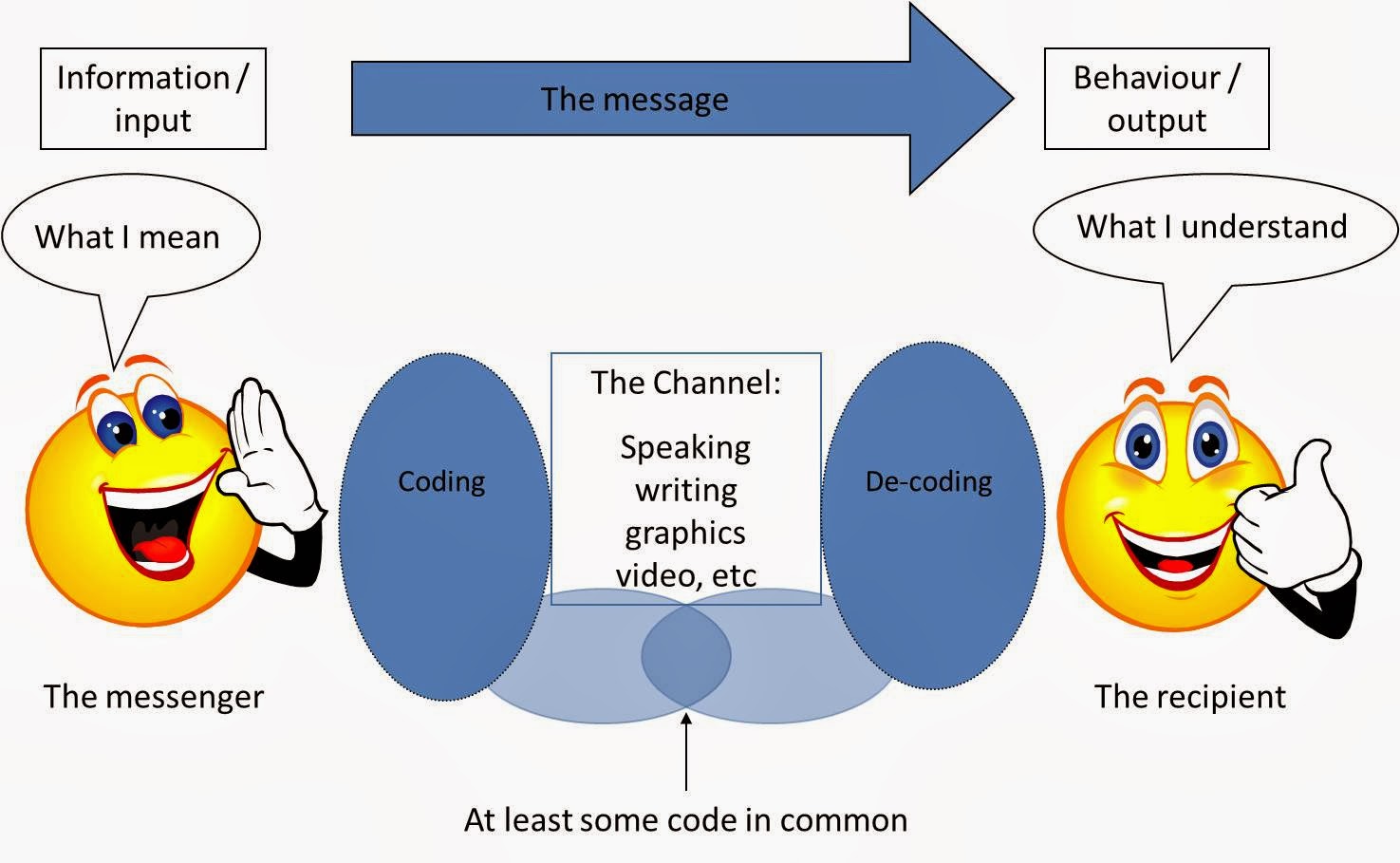Process of Communication: Introduction
Communication is a fundamental aspect of human interaction and is crucial in education. Effective communication is essential for conveying knowledge, fostering understanding, and creating a positive learning environment for teachers. The ability to communicate clearly and empathetically can significantly impact student engagement, comprehension, and overall academic success. Understanding the intricacies of the communication process can help educators refine their teaching strategies and enhance their effectiveness in the classroom.
The process of communication typically follows these steps:
1. Sender formulates the message The sender (in this
case, the teacher) decides on the content they want to communicate. Example: A
math teacher wants to explain the concept of fractions to their 3rd-grade
class.
2. Sender encodes the message The sender converts their
thoughts into a form that can be transmitted, such as spoken words, written
text, or gestures. Example: The teacher creates a lesson plan that includes
verbal explanations, visual aids (like fraction circles), and a hands-on
activity with paper strips.
3. Sender chooses the channel The sender selects the
medium through which the message will be transmitted. Example: The teacher
decides to use a combination of verbal instruction, whiteboard demonstrations,
and a collaborative group activity.
4. Message is transmitted The sender sends the message
through the chosen channel(s). Example: The teacher begins the lesson by
explaining fractions verbally, drawing examples on the whiteboard, and
distributing paper strips for the hands-on activity.
5. Receiver gets the message The recipient (in this
case, the students) receives the message through their senses. Example:
Students listen to the teacher's explanation, observe the whiteboard
demonstrations, and handle the paper strips.
6. Receiver decodes the message The recipient
interprets and tries to understand the message. Example: Students process the
verbal explanation, connect it to the visual representations, and experiment
with the paper strips to grasp the concept of fractions.
7. Receiver provides feedback The recipient responds to
the message, indicating their level of understanding. Example: Students ask
questions, participate in the group activity, or complete a short quiz on
fractions.
8. Sender evaluates feedback The original sender
assesses the feedback to determine if the message was understood as intended.
Example: The teacher observes students during the activity, listens to their
questions, and reviews quiz results to gauge comprehension.
9. Sender adjusts communication (if necessary) Based on
the feedback, the sender may modify their approach to improve understanding.
Example: If many students struggle with a particular aspect of fractions, the
teacher might rephrase their explanation, provide additional examples, or use a
different teaching method in the next lesson.
- Literature teacher
introducing a new novel:
- Formulates
message: Key themes and historical context of the novel
- Encodes: Creates
a multimedia presentation and discussion questions
- Channel: Uses a
projector for the presentation and facilitates a class discussion
- Feedback:
Students' responses during discussion and a short writing assignment
- Adjustment:
Clarifies misconceptions in the next class based on writing assignments
- Physical education
teacher demonstrating a new sport:
- Formulates
message: Rules and basic techniques of the sport
- Encodes: Plans a
demonstration and step-by-step instructions
- Channel: Verbal
explanation, physical demonstration, and guided practice
- Feedback:
Observes students practicing and their questions
- Adjustment:
Provides individual coaching to students who are struggling
- Science teacher
explaining the water cycle:
- Formulates
message: Stages and importance of the water cycle
- Encodes: Develops
an interactive simulation and worksheet
- Channel: Uses a
computer lab for the simulation and hands out worksheets
- Feedback: Reviews
completed worksheets and conducts a Q&A session
- Adjustment:
Creates a hands-on experiment to address areas of confusion
In conclusion, effective communication is a cornerstone of successful teaching and learning. By understanding and mastering the communication process, educators can create more engaging and productive learning experiences for their students. Adapting communication styles, interpreting feedback, and making necessary adjustments is crucial for addressing diverse learning needs and ensuring that educational objectives are met. As teachers continually refine their communication skills, they not only improve their teaching effectiveness but also foster stronger relationships with students, colleagues, and parents, ultimately contributing to a more positive and successful educational environment.




Comments
Post a Comment